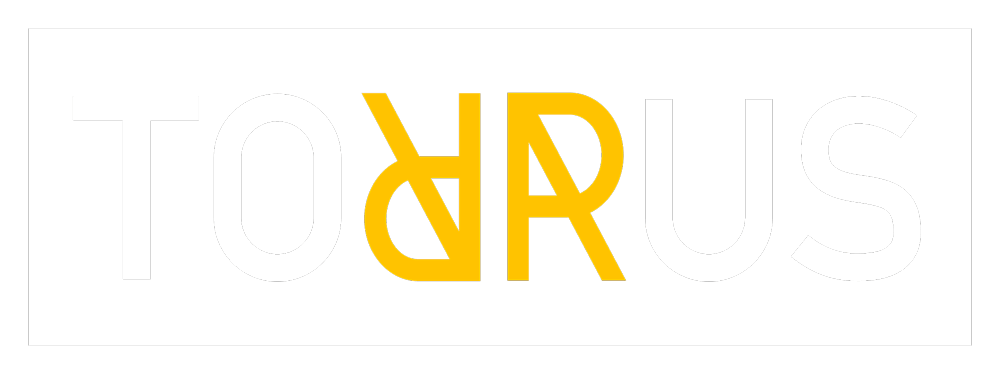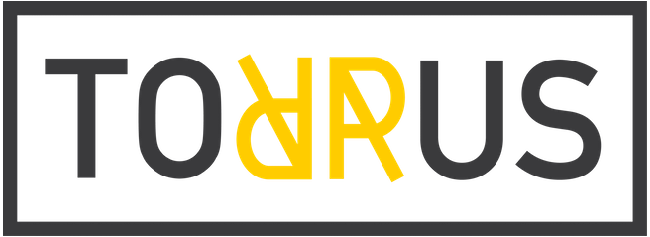
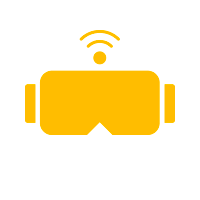
The essential features of a VR headset for Professional Use
The ultimate guide to choosing the perfect model
Comparison | VR Headset
The essential features of a VR headset
Virtual reality (VR) is revolutionizing the professional world, opening up new perspectives in fields as varied as training, simulation, entertainment (multiplayer virtual reality rooms) and collaboration. With so many VR headsets on the market, choosing the ideal model for your needs can be a complex task.
This comparative guide will help you make the right choice, with an in-depth analysis of the essential features and functions of the 5 most popular VR headsets on the market:




Our experience in developing and managing immersive VR experiences for professionals and the general public means we have a very specific set of criteria for selecting a headset model.
Headset autonomy and battery change: For prolonged, uninterrupted use.
Comfort: Pleasant to wear, even during long sessions.
Ease of installation: Quick, intuitive installation, even for spectacle wearers.
Image quality: An immersive, realistic visual experience.
Immersive audio: A high-performance audio system for a captivating sound experience.
Communication and collaboration: Communicate with other users and control the headset remotely.
Centralized management system: Helmet monitoring and control via a dedicated platform.
Customized launcher: Adapt the user interface to your needs.
Hygiene: Easy to clean for shared, hygienic use.
Of course, every project is different, so please don’t hesitate to contact us with details of your requirements, so that we can advise you on the model best suited to your situation.
By comparing these helmets on the basis of these essential criteria, you’ll have everything you need to choose the model that perfectly matches the requirements of your activity and your expectations.
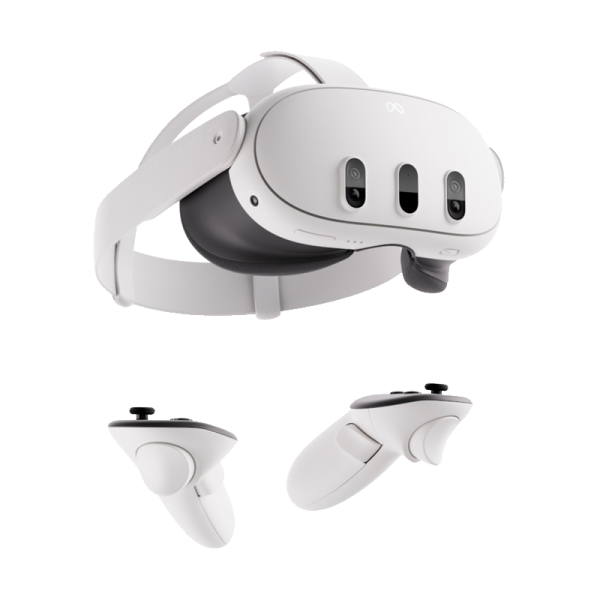
Meta Quest 3: Best value for money, but not suitable for pros…
EDIT: Meta has just announced that they’re opening up their OS! Meta may well become a preferred choice in the months or year to come…
Meta Quest 3 arrives with great fanfare, the long-awaited successor to the popular Quest 2. Crazy images, ultra-natural interactions, full-color passthrough for augmented reality… we’re treated to a full arsenal for total immersion. But is it really the holy grail for pros?
On the plus side, it’s a heavyweight. Breathtaking image resolution, ultra-precise hand tracking, exceptional comfort with the Elite strap. The icing on the cake? The Passthrough function, with a 3D scan of the environment, which opens the door to augmented reality applications! For a non-professional audience, you can go in with your eyes closed – it doesn’t get any better than this!
Quick to install and scan, you’re quickly in the thick of things, and the user experience is very pleasant. And for the pros, a Business Edition version offers advanced features such as eye and face tracking, bringing two advantages: being able to display emotions on avatars and optimizing image rendering by rendering maximum quality only where the player is looking.
BUT, you can’t have everything. The inability to customize the launcher and disable the Home buttons on the controllers is often a NO-GO for our customers. You won’t be able to launch your application automatically on startup or from a tablet / PC, so you have to put the headset on your head every time before you can give it to the player. And you can’t prevent the player/user from returning to the menu (even if they don’t mean to). The operating system is very closed, and there’s nothing for professionals.
What’s more, the absence of a battery-changing system limits autonomy and use for long sessions.
So, verdict? The Quest 3 is an immersive, high-performance experience, but its limitations may curb its pro use. We’d love to be able to recommend this choice more often, but Meta Quest isn’t designed for professional use – it’s just not Meta’s niche.

Pico 4 Enterprise: Enter a new professional dimension
ByteDance, owner of TikTok, made its first foray into virtual reality (VR) in 2021, acquiring start-up Pico.
Designed specifically to meet the needs of professional users, the Pico 4 Enterprise model offers a sleek, lightweight design, enabling prolonged use without discomfort. Featuring advanced eye-tracking technology, it offers automatic adjustment of the inter-pupillary distance for optimum comfort and multi-user convenience.
The Pico 4 Enterprise’s visual performance is impressive, with pancake lenses and high resolution. In addition to hand tracking, the Enterprise version includes eye and face tracking.
On paper, the Pico 4 is the rival to the Meta 3, with the added features required for professional use. However, even if Pico has always been ahead of the game in terms of hardware, the quality of their software, whether in terms of UX or tracking, leaves more to be desired compared to the Meta.
What we do like about Pico, however, is the opportunity to talk to the technical team. Their roadmap is clear, and we can get answers to specific problems.
Since the acquisition by ByteDance, we can hope that more funds are being put into improving the software, and we are indeed seeing regular updates. Pico has every chance of succeeding in the pro world!
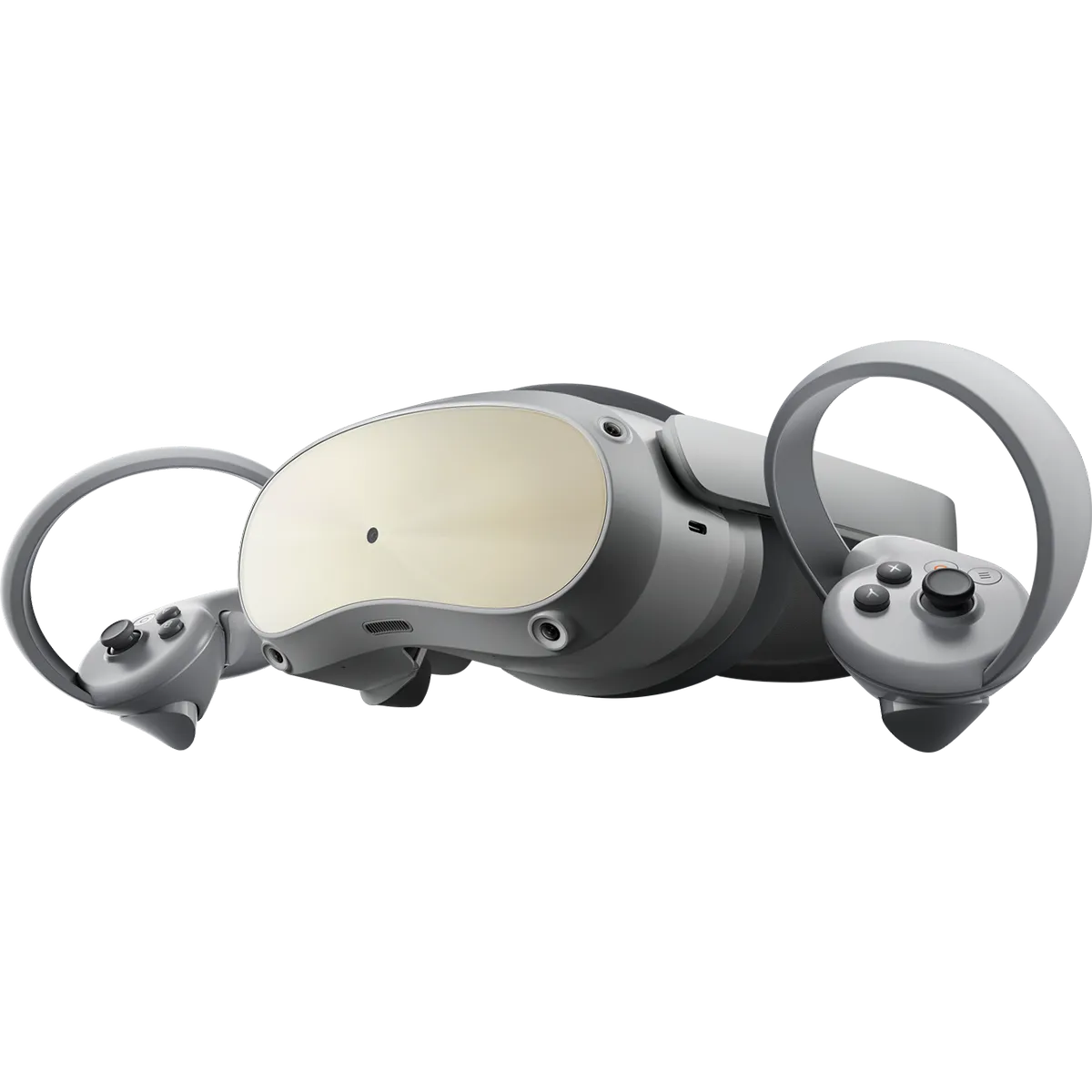

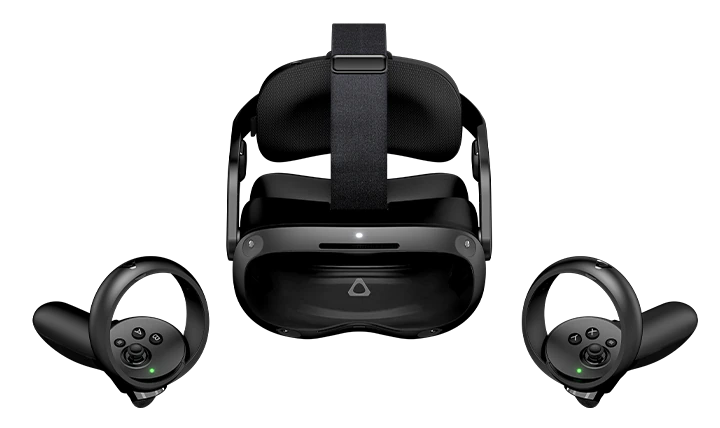
HTC Vive Focus 3: the choice of professionals
The HTC Vive Focus 3 is positioned as a serious contender in the world of professional VR. Robust and packed with professional and LBE (Location Based Entertainment) features, it appeals to users looking for a reliable, high-performance headset. This is the headset you’ll see most often in professional installations.
Its strengths include :
- An interchangeable battery system: Practical for intensive use, you can change batteries quickly and without interruption.
- Remote management capability: Ideal for system administrators, it lets you manage and monitor deployed headsets.
- Professional design: The headset is designed for comfort and durability, even with prolonged use. Easy to clean, with the ability to change cushions very quickly thanks to magnetic fasteners.
- Open operating system and SDK for LBE use: Offering great flexibility, the HTC Vive Focus 3 enables efficient remote control, making it a preferred choice for professional environments requiring centralized management. Vive also offers libraries for remote or co-located collaboration, and a host of tools to facilitate development.
- Warning: the SDKs and their documentation are far from being as simple and clear as those of Meta.A technical team that is available, holds events to unveil new features and listens to customer feedback.
However, the HTC Vive Focus 3 is not without its faults. Some users report comfort issues, particularly for spectacle wearers, and difficulty in getting it to fit properly in front of the eyes. In addition, image quality is sometimes deemed inferior to that of its competitors. The audio system could be improved: The example of Khéops Horizon, developed by the renowned Emissive studio, illustrates the Vive Focus 3’s audio limitations. To compensate for external noise and guarantee an optimal immersive experience, 3D-printed parts had to be added to the headset. It’s worth noting that this problem is common to all headsets on the market, and can be remedied by using a headset. This problem can also be seen as an advantage, as it allows players to communicate with each other without being too isolated.
All in all, it’s the number-one choice in terms of professional headphones !

Apple Vision: A Premium experience
This headset, freshly released on the market, is already generating interest thanks to its advanced functionalities and exceptional user experience.
We had the opportunity to test it at Laval Virtual 2024, where its remarkable image quality and precise eye and hand tracking captivated our attention.
However, the Apple Vision stands out from its competitors due to its significantly higher price and limited integration with popular game engines such as Unity or Unreal Engine. These elements may represent significant obstacles to wider adoption in the professional arena.
Although the headset still has some areas for improvement, particularly in terms of software compatibility, we’ll be keeping a close eye on its future development. Stay tuned for future updates on Apple Vision and its evolution in the professional virtual reality market.
Today, the quality/price ratio doesn’t justify the investment, in our opinion, except for a high-quality augmented reality experience. And here again, the need to calibrate eye tracking for each user further reduces the spectrum of applications.
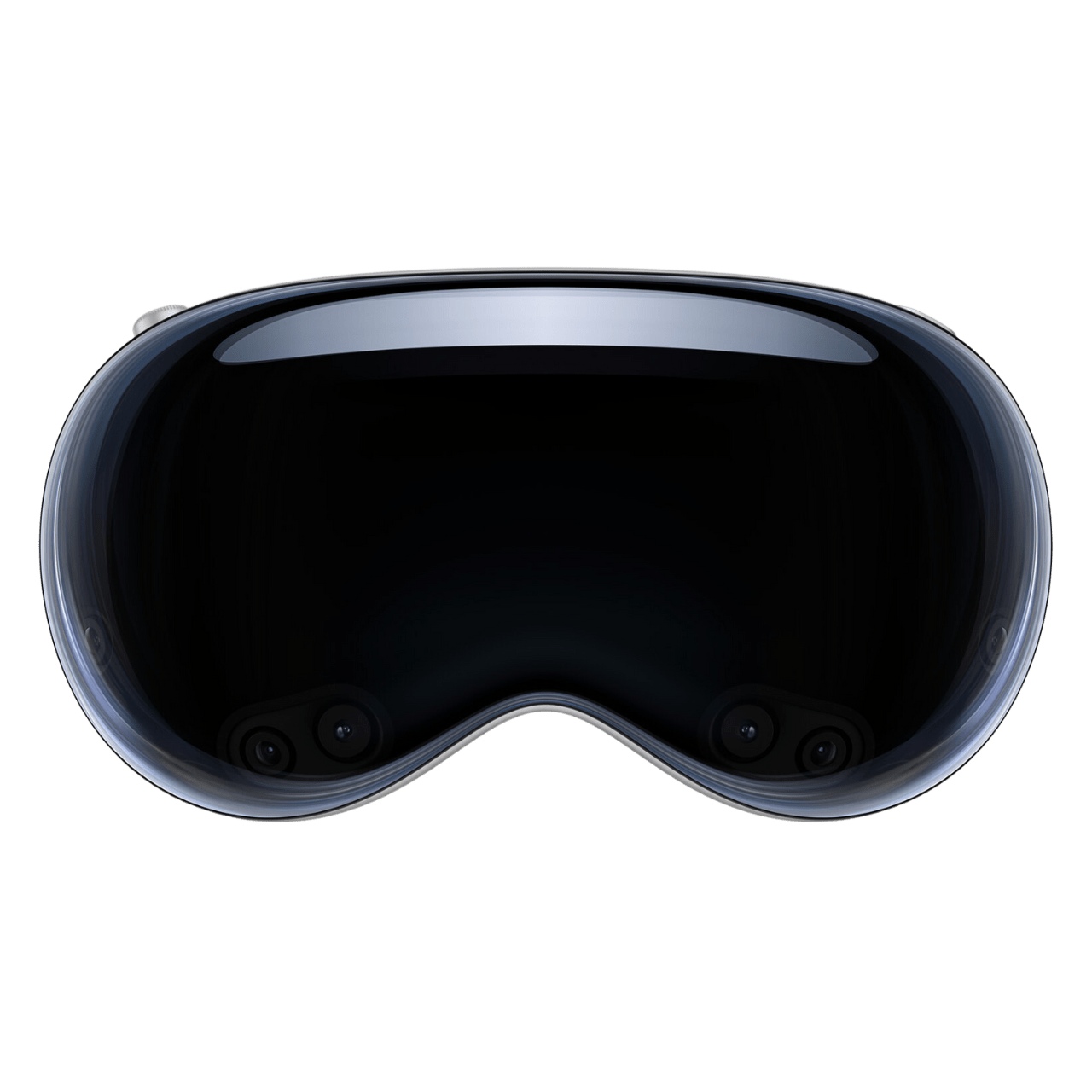

The professional VR landscape is in full swing, with a multitude of headsets of varying features and prices vying to establish themselves as the ultimate solution. For professionals looking for a versatile, high-performance VR solution, the HTC Vive Focus 3 stands out for its capabilities tailored to professional environments. However, it’s essential to keep an eye on market developments, as improvements from other manufacturers could soon change the game.
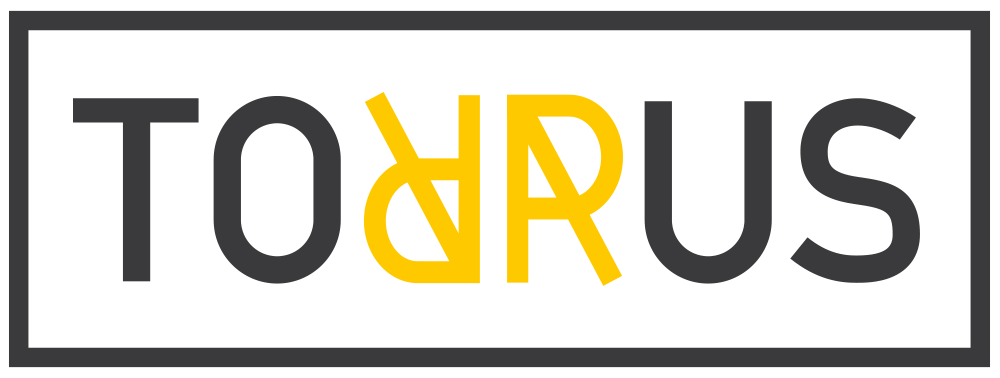
Do you have a project or need information?
Don’t hesitate to contact us!
![]() contact@torrusvr.com
contact@torrusvr.com
![]() Bordeaux / Paris (FRANCE)
Bordeaux / Paris (FRANCE)

Development of Immersives Technologies
Site map
Home
Services
Portfolio
Action Game
Immersicase
Blog
Legal Mention
Immersives Technologies
Virtual Reality (VR)
Augmented Reality (RA)
Metaverse
Computer Vision
Projection Mapping
Video Games
Contact
contact@torrusvr.com
